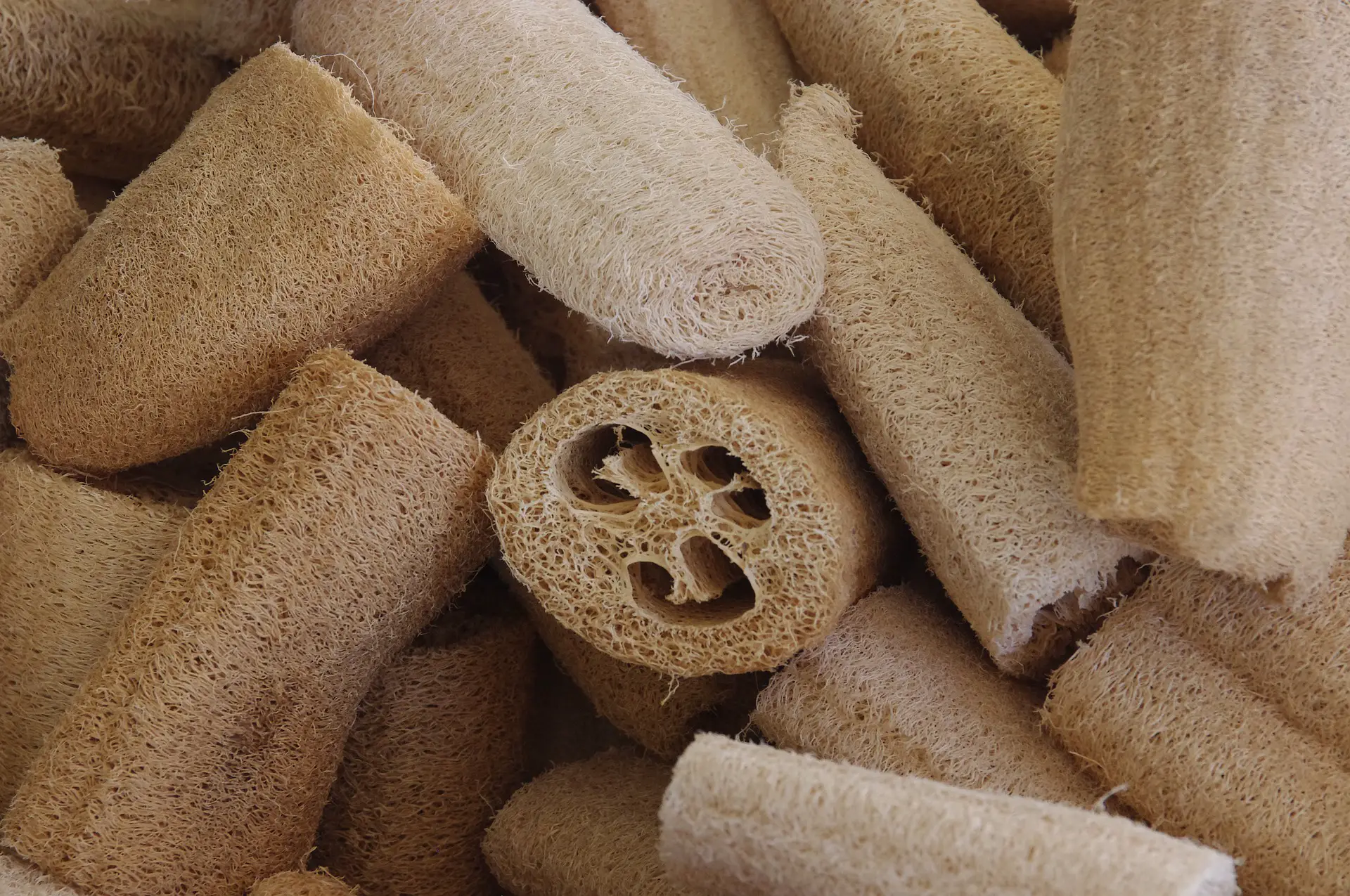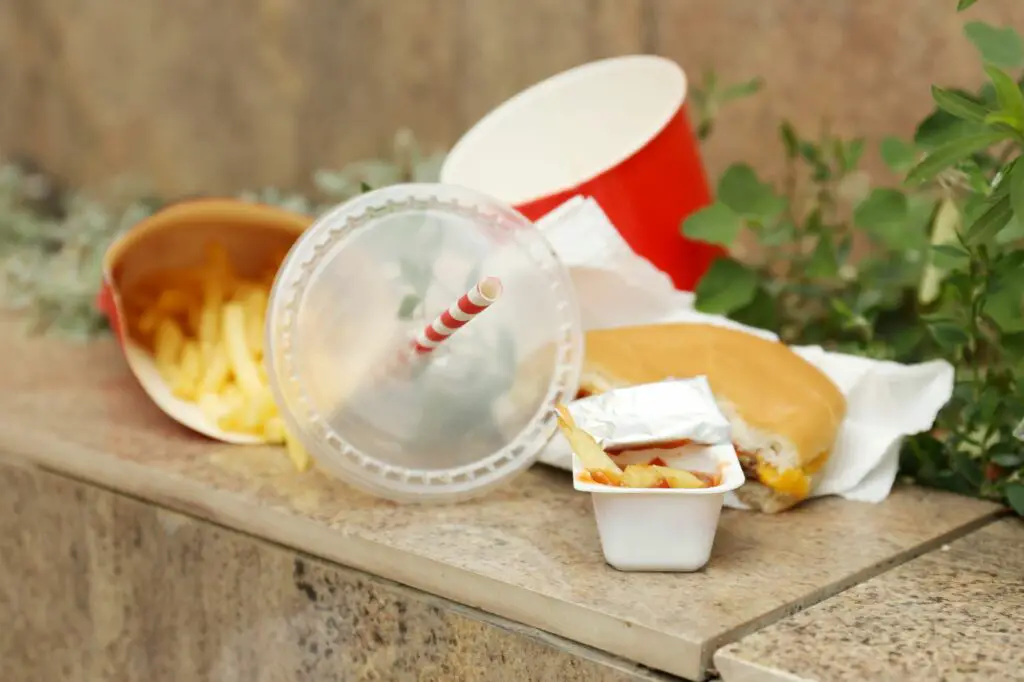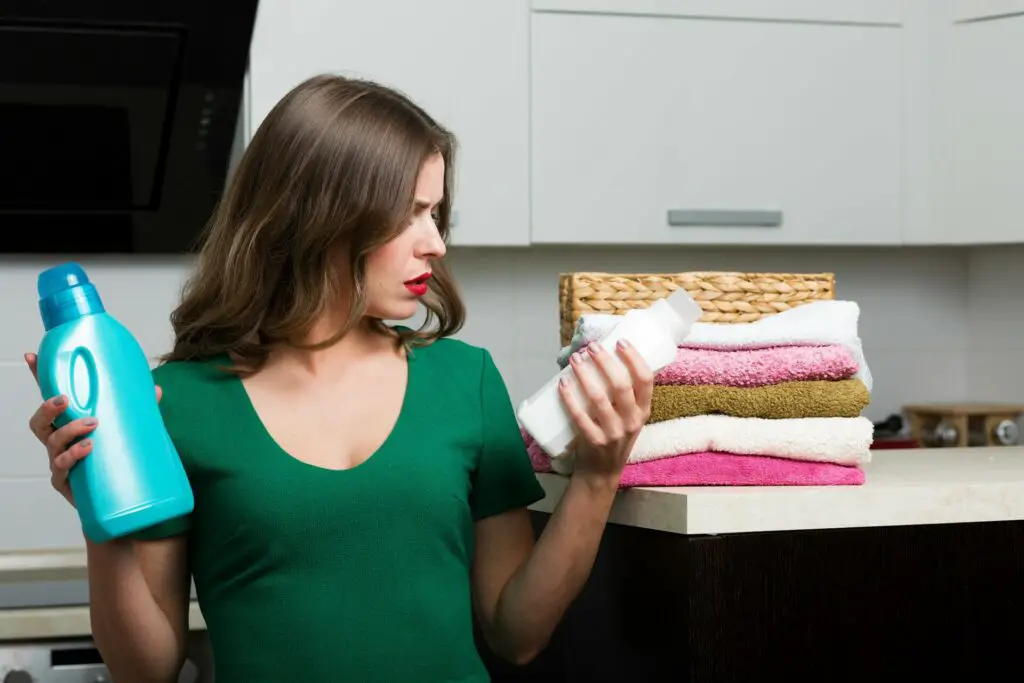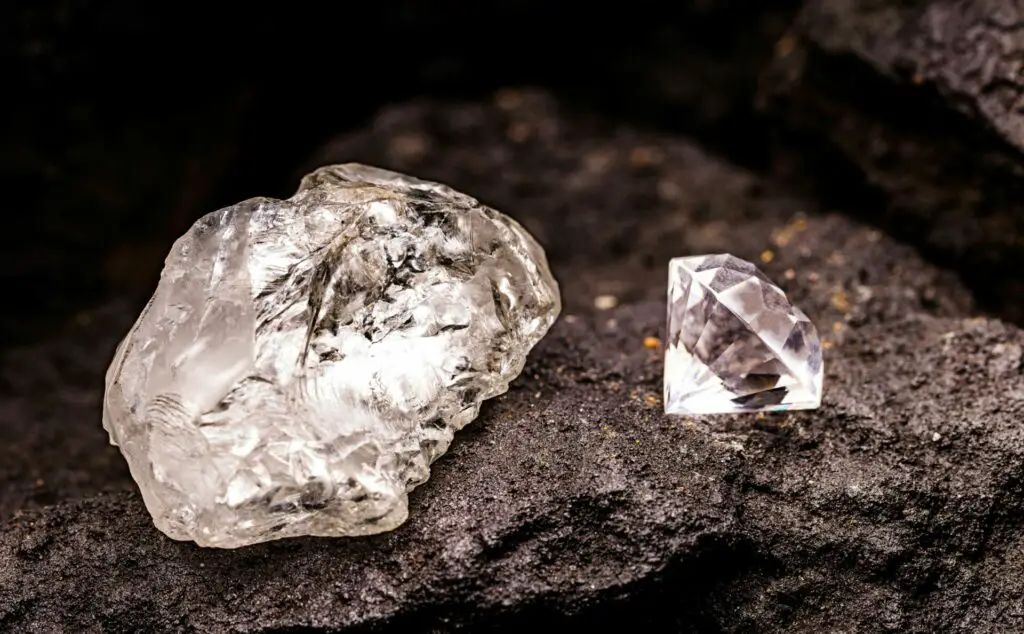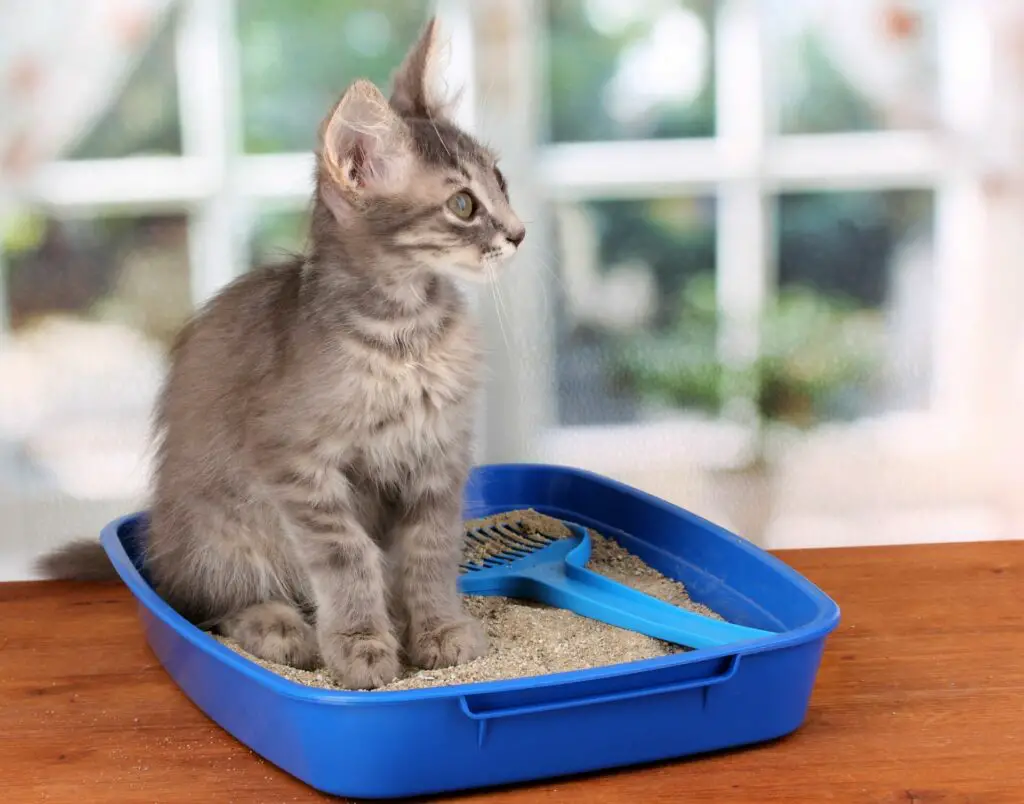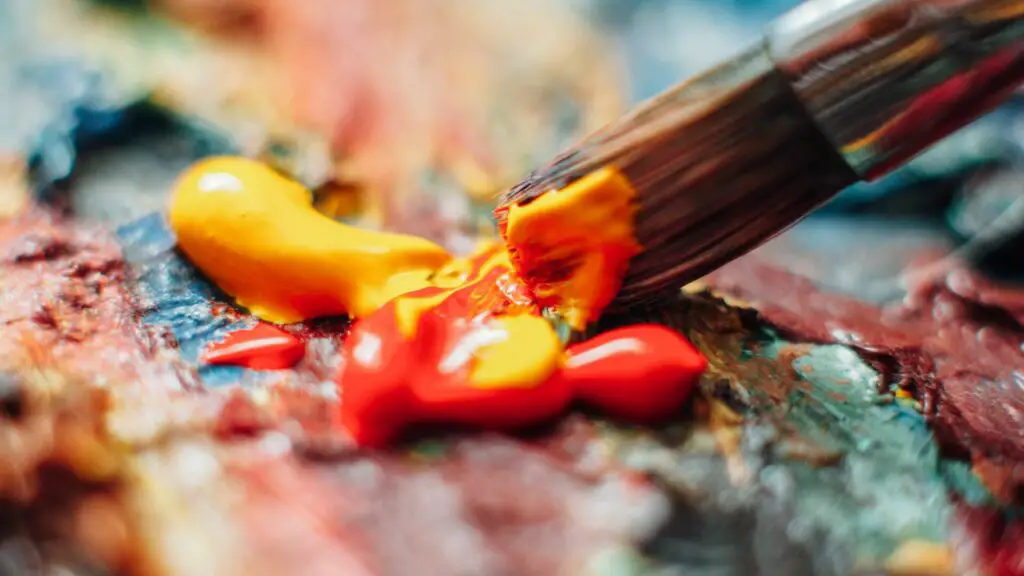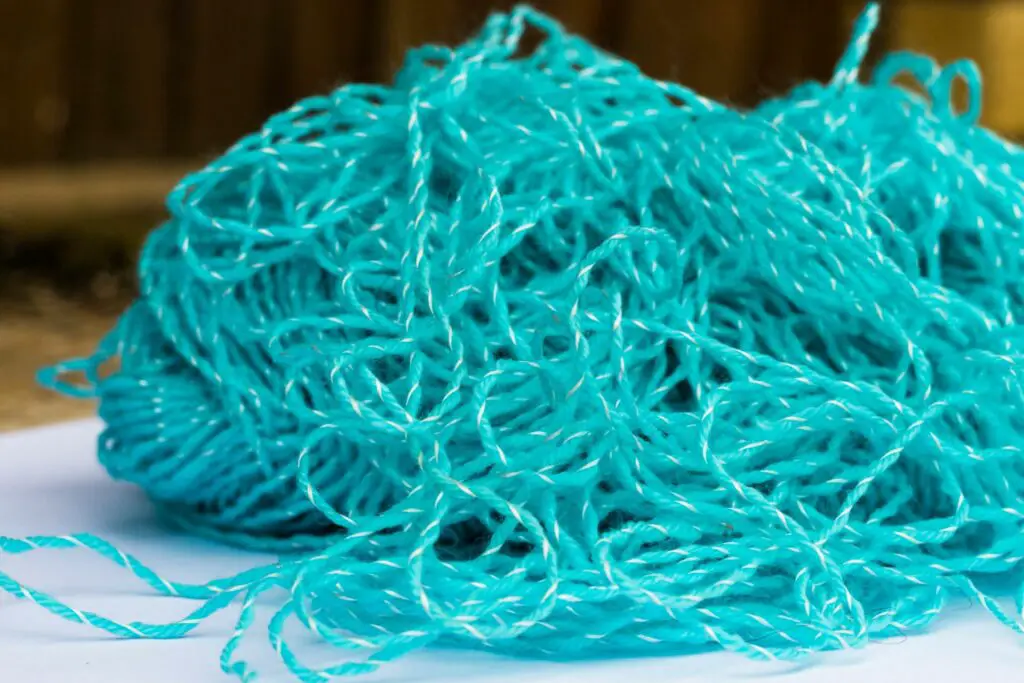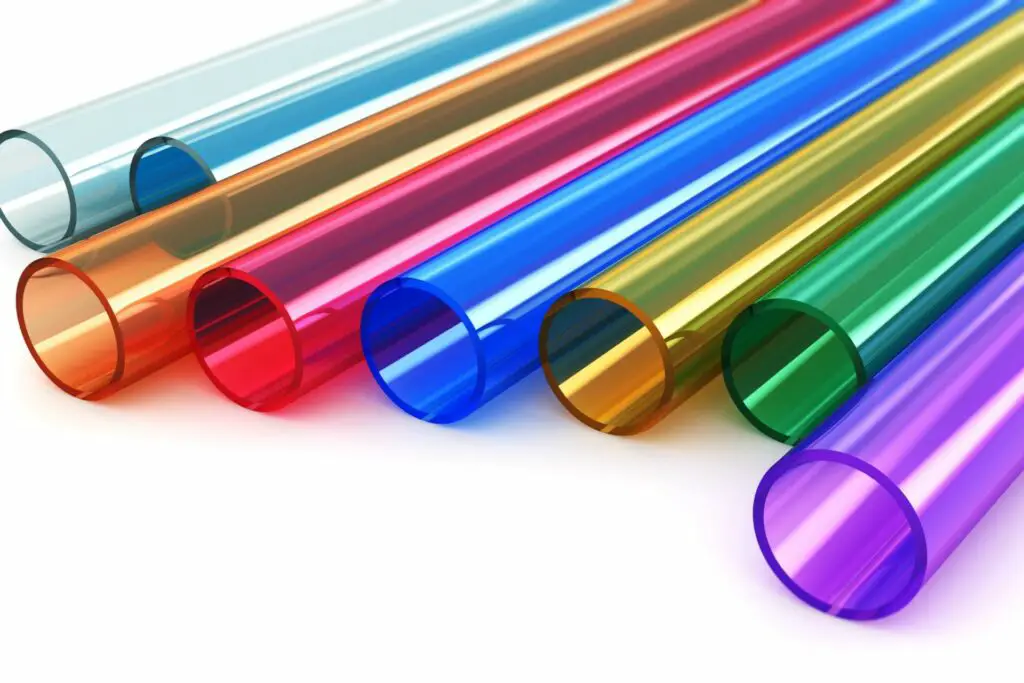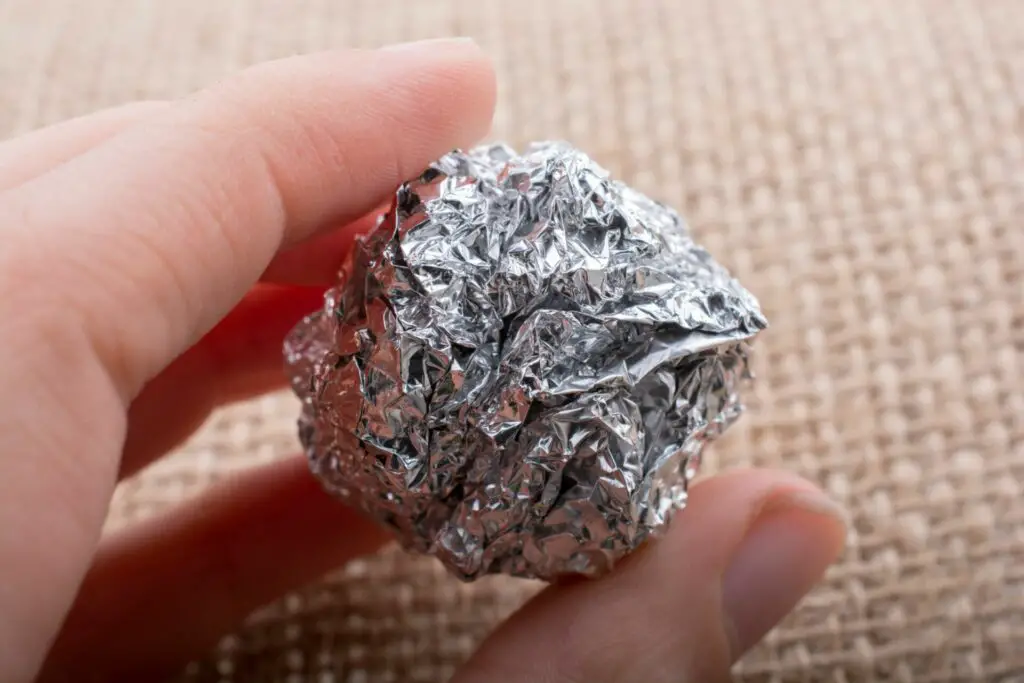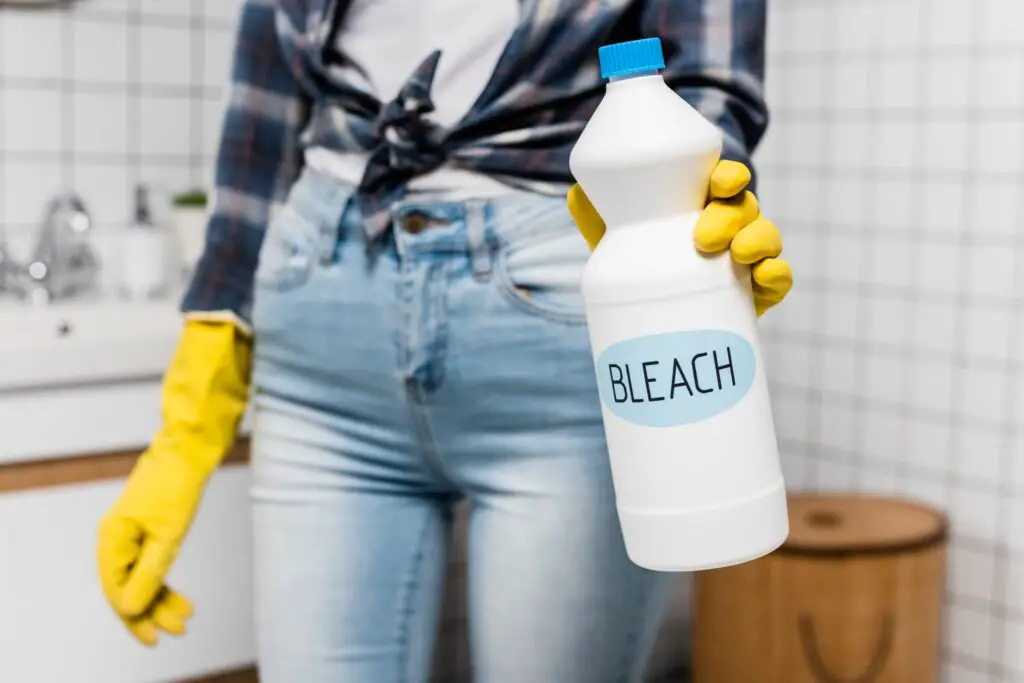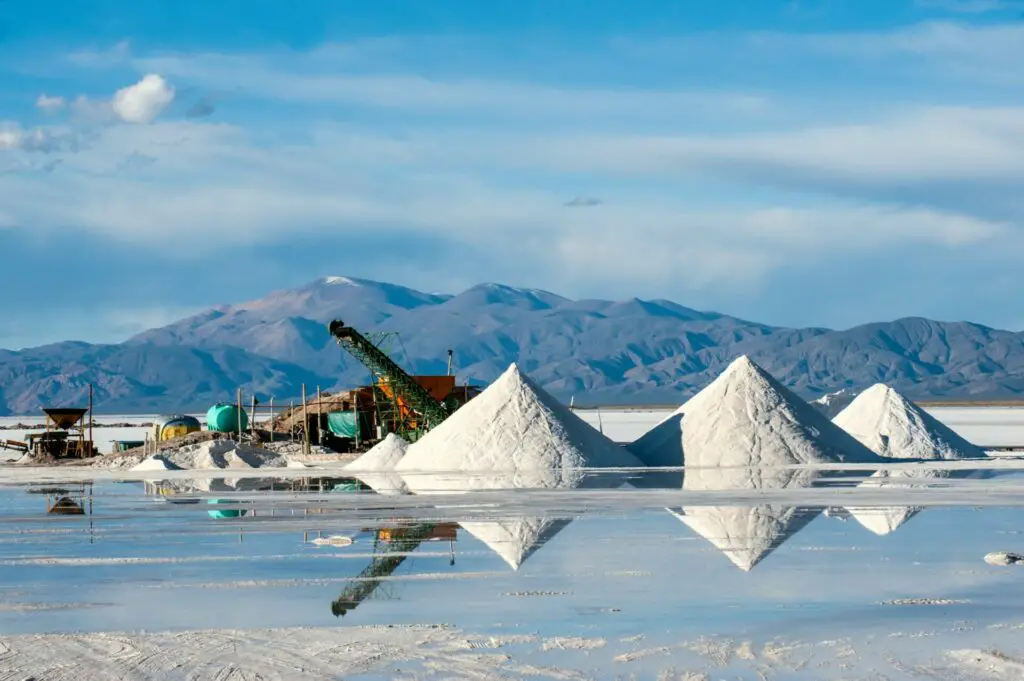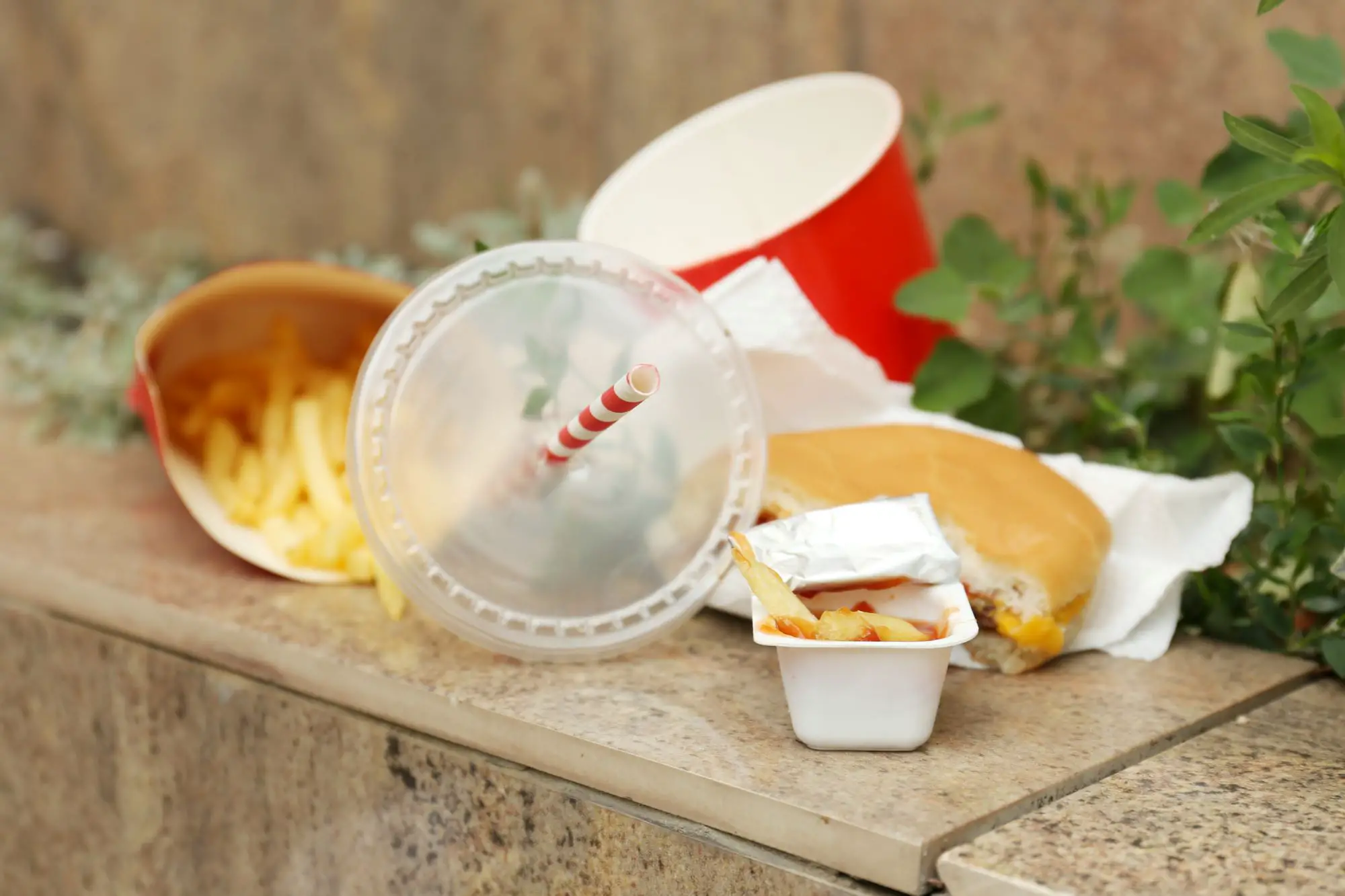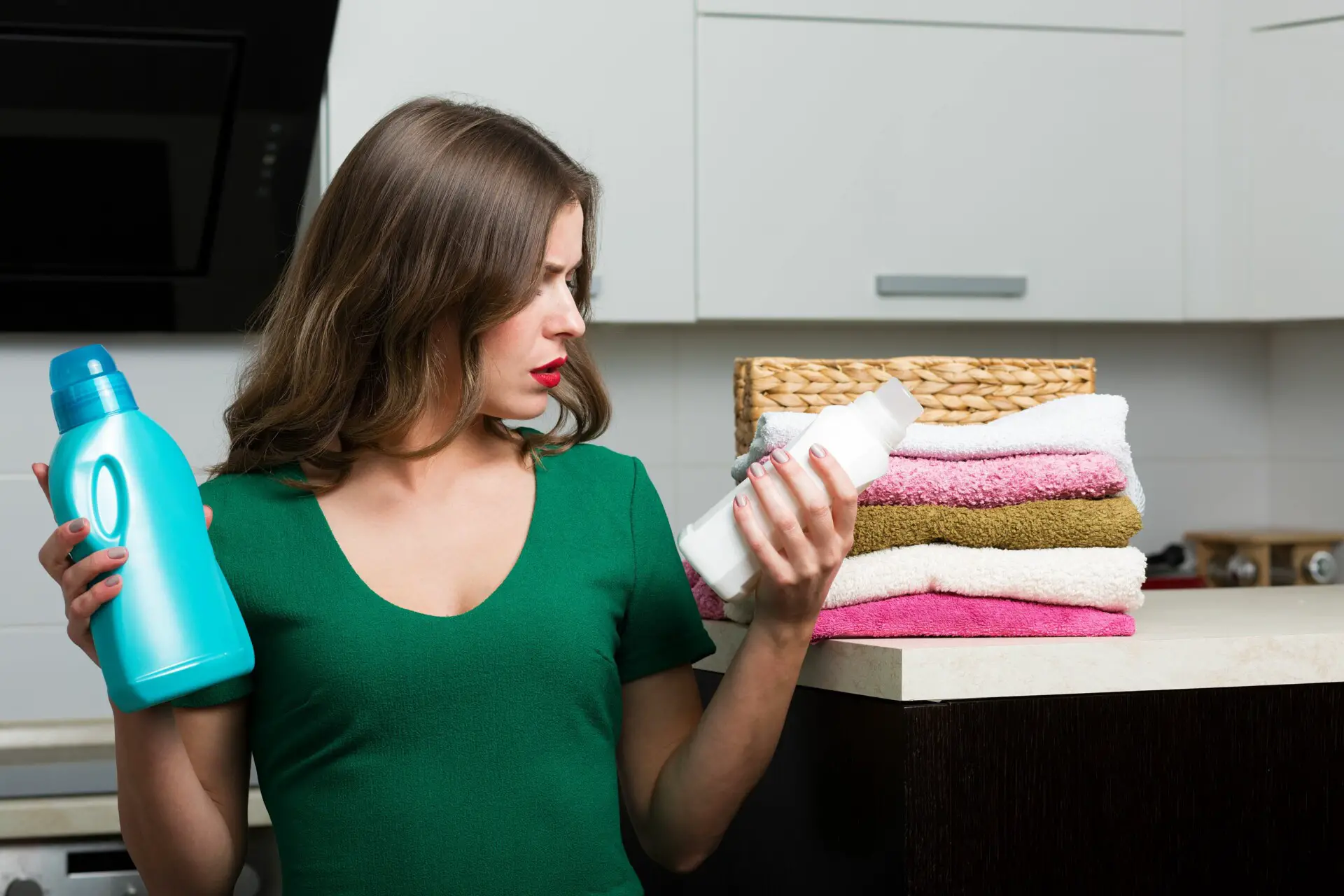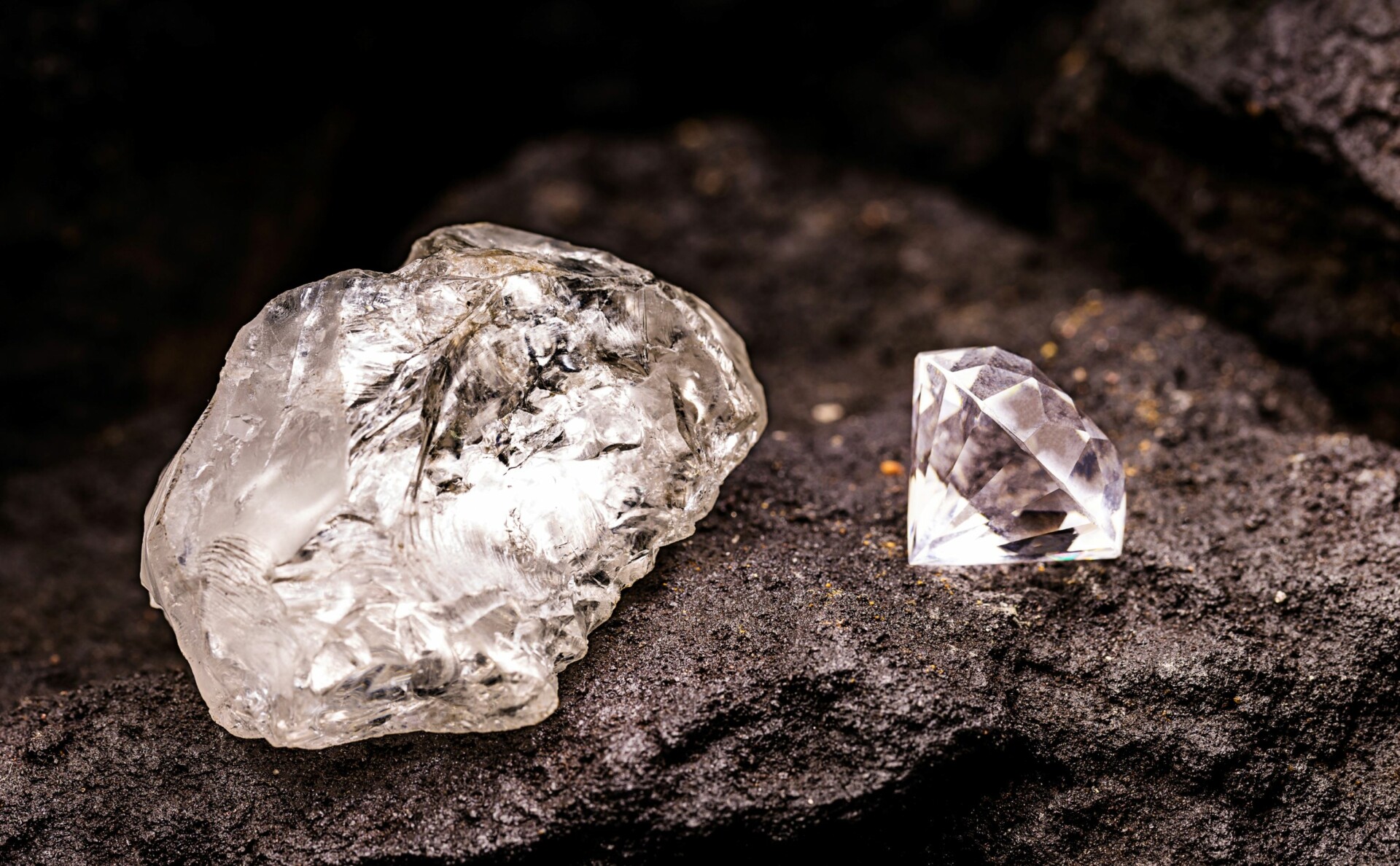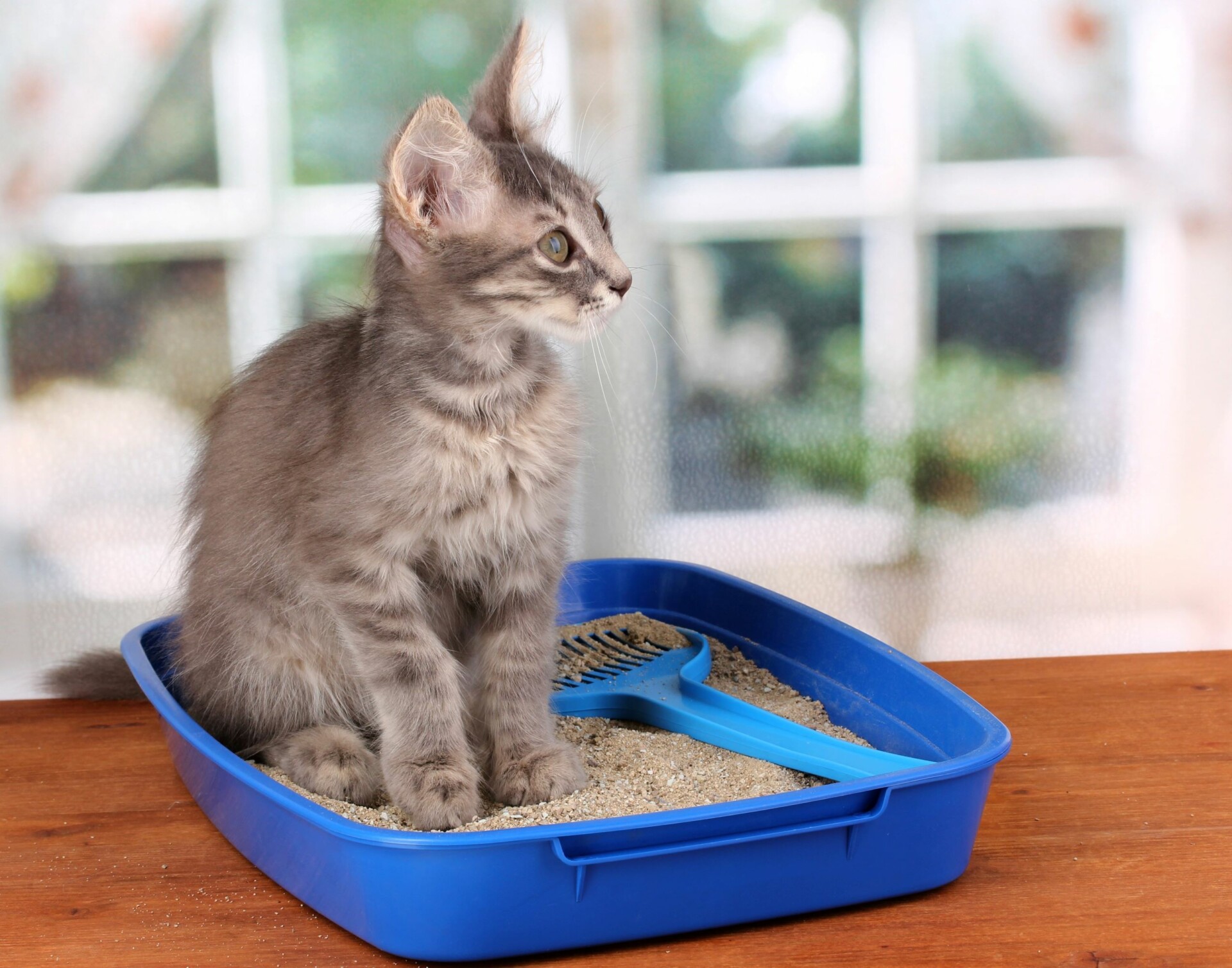Loofahs are a bath and shower staple in many households due to the lather they can produce from our favorite soaps as well as their exfoliation properties.
You can get a lot of use out of one loofah, but being such a commonly used product still raises concerns as to whether or not they are eco-friendly.
Whether or not loofahs are eco-friendly just depends on if you are using a synthetic or natural loofah. Natural loofahs are eco-friendly but synthetic loofahs are not.
But what’s the difference between the two types of loofahs and how does it relate to their eco-friendliness?
1. What Are Loofahs Made Of?
There are two types of loofahs, synthetic loofahs and natural loofahs.
Synthetic loofahs – which are also commonly called bath poufs – are made from a plastic mesh material.
Natural loofahs – also called luffas – come from a plant in the gourd family. This is the same family as pumpkins, squash, and cucumbers.
The flesh from the loofah plant is dried to create the loofah itself.
2. Are Loofahs a Natural Product?
Both types of loofahs are made from natural products, but only one type of loofah is a natural product in itself.
What do we mean by that?
Well, crude oil is a natural product that is used to make the plastic mesh that synthetic loofahs are made of.
But the plastic mesh itself is a man-made product and so is the resulting loofah.
Loofahs that come from the loofah plant are 100% natural products since they are only composed of dried plant flesh.
3. Do Loofahs Contain Plastic?
Only synthetic loofahs contain plastic. In fact, they are made primarily of plastic.
Natural loofahs contain no plastic whatsoever.
4. How Many Loofahs Does One Plant Produce?
A loofah plant can produce as many as 4 to 6 or more loofah fruits per plant, just depending on the growing conditions provided to the plant.
In order to get the loofah from the plant, the plant has to be left on the vine until it turns brown before being picked. Once the plant turns brown, it will have dried out.
After picking, the skin is peeled back from the flesh. The flesh can then be cut into smaller pieces.
That means that you could get 3 or 4 individual loofahs from one loofah fruit depending on the size of the fruit, and as many as 15-20 from one loofah plant.
5. Are Loofahs Sustainable?
Natural loofahs are pretty sustainable and eco-friendly considering that they come from plants, a renewable resource.
They are also a minor crop, with a lot of them being grown in home gardens instead of commercially.
Loofahs can be grown in the southeast region of the United States.
But most of the loofahs sold in stores are imported from Asian countries such as China, Korea, and Taiwan and South American countries such as Colombia and Venezuela.
They can be tricky to grow because conditions have to be just right, but pests and diseases have shown not to be a huge problem when growing loofahs.
There may be some pesticides used in commercial production which can harm the environment through water and soil pollution, but pesticides for minor crops are limited.
Plus, using methods such as drip irrigation and crop rotation is thought to reduce the risk of pests and disease in loofah production.
Growing loofahs at home in your garden is even more sustainable as the chances of having to use pesticides are lower.
And if you do have to use some pesticides, the risk of harm to the environment is lower as well because they aren’t being farmed on as large of a scale.
Synthetic loofahs or bath poufs are not sustainable or eco-friendly since they are made from plastic.
As previously mentioned, plastic is created by refining crude oil, which is a non-renewable resource.
Plus, collecting and refining crude oil can lead to environmental harm on a much larger scale due to the potential for habitat loss, pollution, and greenhouse gas emissions.
6. Are Loofahs Biodegradable?
Natural loofahs are biodegradable since they are 100% plant-based. You can even bury them in your yard or garden and let them biodegrade that way.
Synthetic loofahs are not considered to be biodegradable since they are made from plastic. Plastic can take hundreds of years to biodegrade – if it degrades at all.
7. Are Loofahs Compostable?
As with biodegradation, natural loofahs are 100% compostable and will decompose in as little as 30 days.
Instead of burying them in your yard or garden, you can simply toss them in with your compost and use the compost as needed.
Synthetic loofahs made from plastic are not compostable. They will not decompose and some of the chemicals used to make the plastic mesh could leach into your compost and harm it.
8. Are Loofahs Recyclable?
Natural loofahs are not recyclable since they are essentially dried plant material, but synthetic loofahs may be able to be recycled depending on what your local recycling center accepts.
The type of plastic used to make synthetic loofahs is polyethylene, usually low-density.
Low-density polyethylene is a #4 plastic, which may not be accepted in all areas considering that it is also used to make a lot of plastic films which are harder to recycle.
With that being said, some recycling centers may accept some types of #4 plastics but not others and some may not accept any at all.
Before recycling a synthetic loofah, make sure that it is accepted by your local recycling program or center.
9. Are Loofahs Reusable?
Both natural and synthetic loofahs can be used every time you shower, for a couple of weeks to a few months.
But, they should be replaced eventually as they can harbor bacteria and mold in them.
Natural loofahs will need to be replaced more often than synthetic loofahs, as they are more prone to bacteria and mold growth. They should be replaced every 3 to 4 weeks.
Plastics aren’t completely resistant to bacteria, but some are more resistant than others. Because of this, you can use synthetic loofahs for a lot longer than natural ones.
Synthetic loofahs should be replaced every 2 months unless you notice mold growth on them, then you should replace them sooner.
10. How to Dispose of Loofahs Properly
If you are using a natural loofah, then the best way to dispose of it is to compost it or let it biodegrade.
If you are using a synthetic loofah, then it’s best to recycle it provided that it doesn’t have any mold growth and that your local recycling center accepts it as a recyclable material.
You can always throw away both natural and synthetic loofahs, but this is not the most eco-friendly option.
They will go to a landfill where they will decompose much more slowly or not at all depending on the type of loofah that it is.
4 Eco-Friendly Loofah Brands
Since natural loofahs are eco-friendly, the best eco-friendly loofah brands are those that sell natural loofahs.
Here are some good eco-friendly loofah brands.
1. Etee Loofie Scrubbers
Loofie Scrubbers made by Etee are intended more for dishwashing than bathroom use, but they are still a great alternative to plastic sponges.
One side of this scrubber is a loofah while the other is made from cellulose and cotton dishcloth sewn together with cotton thread for a 100% biodegradable product.
2. EcoRoots Natural Loofah
EcoRoots sell an affordable natural loofah that can be used in the bathroom and the kitchen as well.
Just make sure to buy separate ones!
Remember that natural loofahs are compostable and biodegradable, and EcoRoots sell their loofahs free of packaging as well.
3. Brush with Bamboo Loofah Scrubbers
These loofah scrubbers from Brush with Bamboo, known for their bamboo toothbrushes, come in a 6-pack.
They are flat and more compact than other loofahs, while still being 100% natural.
Plus, these loofahs come from a single source, a Mayan family in Guatemala.
4. Qucurby Loofah Dish Sponges
Another great alternative to plastic products are Qucurby’s loofah sponges, primarily intended for dishwashing.
They consist of several layers to increase their fluffiness and are sewn together with organic cotton threads.
The loofah is grown and the sponges are made in Mexico by local small scale farmers and Qucurby donates 1% of their profits to environmental causes.
If you’d like to learn more about eco-friendly dish sponges, check out our dedicated article about zero-waste sponge substitutes.
3 Eco-Friendly Alternatives to Loofahs
Synthetic loofahs are not eco-friendly, may or may not be recyclable, and can only be reused to a certain extent before they need replacing.
They also aren’t biodegradable or compostable, so why not give one of these eco-friendly alternatives a try instead.
1. Natural Loofahs
We’ve spent most of this article explaining the benefits of natural loofahs with regard to the environment.
They are one of the most eco-friendly choices when it comes to replacing your synthetic loofah.
Even though natural loofahs need to be replaced more often, they are still affordable and can even be grown at home in some areas.
2. Natural Sea Sponge
Natural sea sponges are also a great eco-friendly and plastic-free alternative to synthetic loofahs.
They are not made with any dyes or chemicals and are biodegradable as well.
Sea sponges also have antibacterial and antifungal properties, making them more resistant to bacteria and mold so that they don’t have to be replaced as often as loofahs do as long as you clean them regularly.
3. Soap Saver Bag
The Soap Saver Bag from The Earthing Co. is made from natural sisal and wooden beads.
It’s designed to hold a bar of soap so that you can lather up without worrying about the soap slipping out of your hands.
The bag itself is also compostable and comes free of packaging other than what it is shipped in.
Conclusion
There are some loofahs that are eco-friendly and others that aren’t. Natural loofahs are the most eco-friendly and are 100% plant-derived, while synthetic loofahs are made from plastic.
Synthetic loofahs are not biodegradable or compostable and aren’t made with sustainable materials. But some of them may be recyclable in certain areas and they last a bit longer than natural loofahs do.
Natural loofahs are also sustainable, biodegradable, and compostable but they can’t be recycled and they have to be replaced more often.
Still, if you want to be more eco-friendly, then natural loofahs are the best choice, or look for other eco-friendly alternatives such as natural sea sponges instead.
You Might Also Like…
- Is Fast Food Bad for the Environment? (& What You Can Do)
- Is Fabric Softener Bad for the Environment? (+5 Eco-Friendly Options)
- Is Fuel Dumping Bad for the Environment? (& How Often It Happens)
- Is Electricity Generation Bad for the Environment? (What You Should Know)
- Is Dry Cleaning Bad for the Environment? (4 Surprising Facts)
- Is Diamond Mining Bad for the Environment? (Important Facts)
- Is DEET Bad for the Environment? 4 Effects (You Should Know)
- Is Cat Litter Bad for the Environment? (5 Common Questions)
- Is Burning Cardboard Bad for the Environment? (6 Facts)
- Is Burning Paper Bad for the Environment? (6 Surprising Facts)
- Is Burning Leaves Bad for the Environment? (7 Quick Facts)
- 4 Natural Cleaners for Quartz Countertops
- 6 Eco-Friendly Acrylic Paint Brands (For Sustainable Artists)
- 5 Eco-friendly Alternatives to Acrylic Paint (& How to Make Them)
- Is Acrylic Paint Bad for the Environment? (7 Quick Facts)
- Is Acrylic Yarn Bad for the Environment? 8 Crucial Facts
- Is Acrylic Bad for the Environment? (8 Quick Facts)
- Is Aluminum Foil Bad for the Environment? 7 Quick Facts
- Is Bleach Bad for the Environment? 6 Crucial Facts
- Is Lithium Mining Bad for the Environment? 6 Crucial Facts

